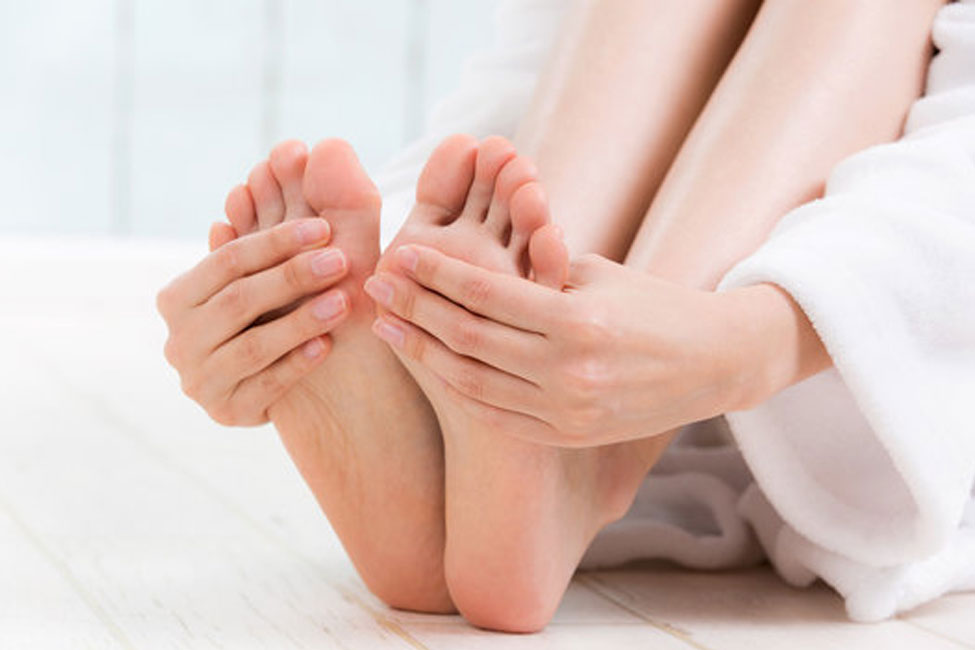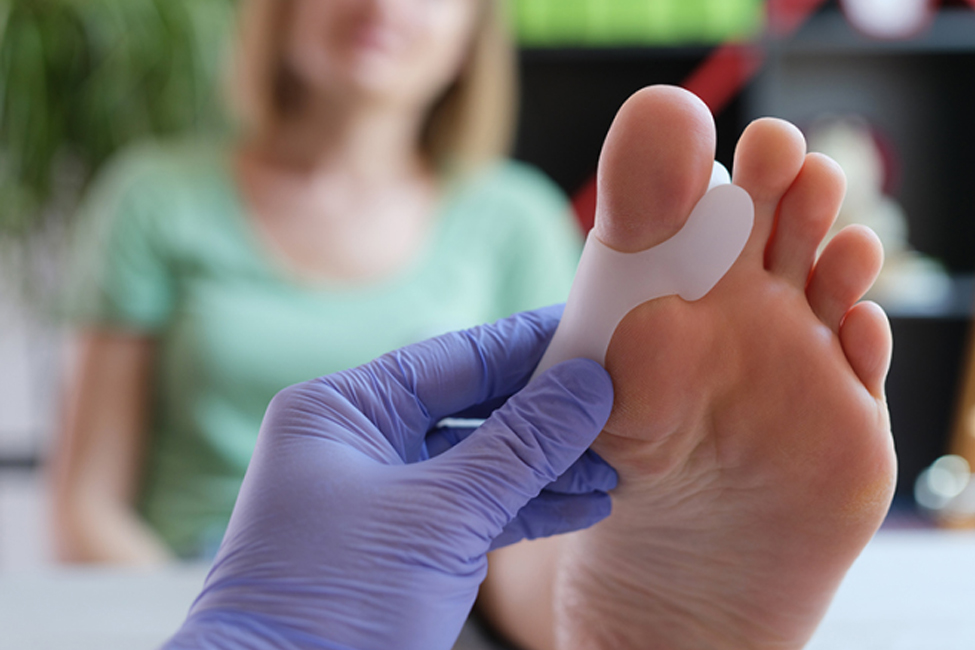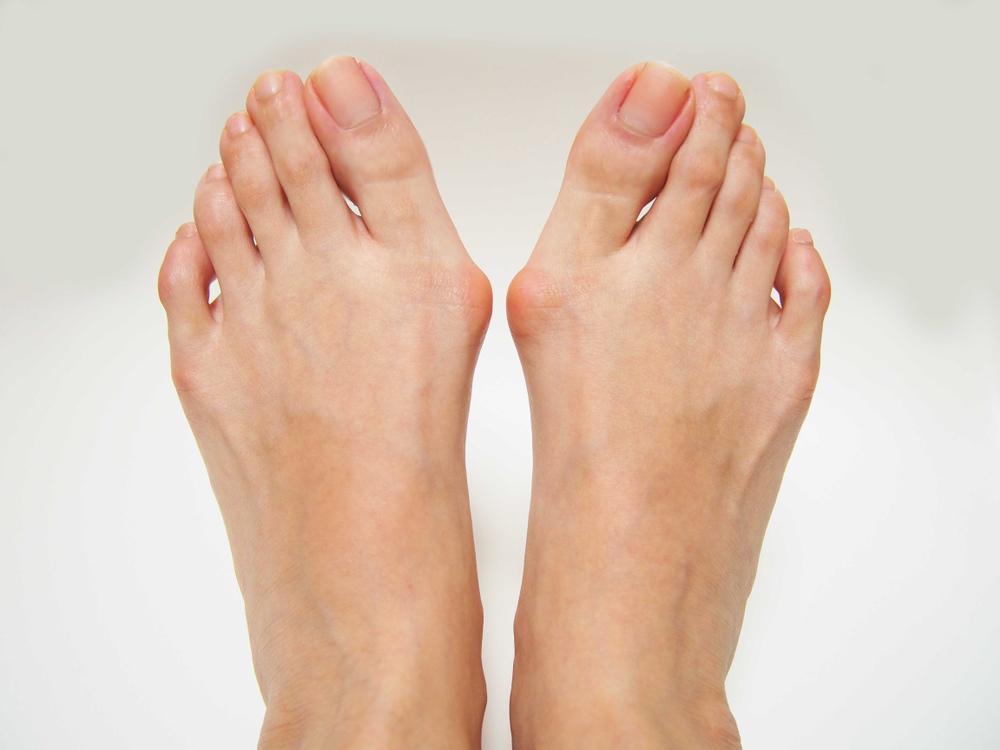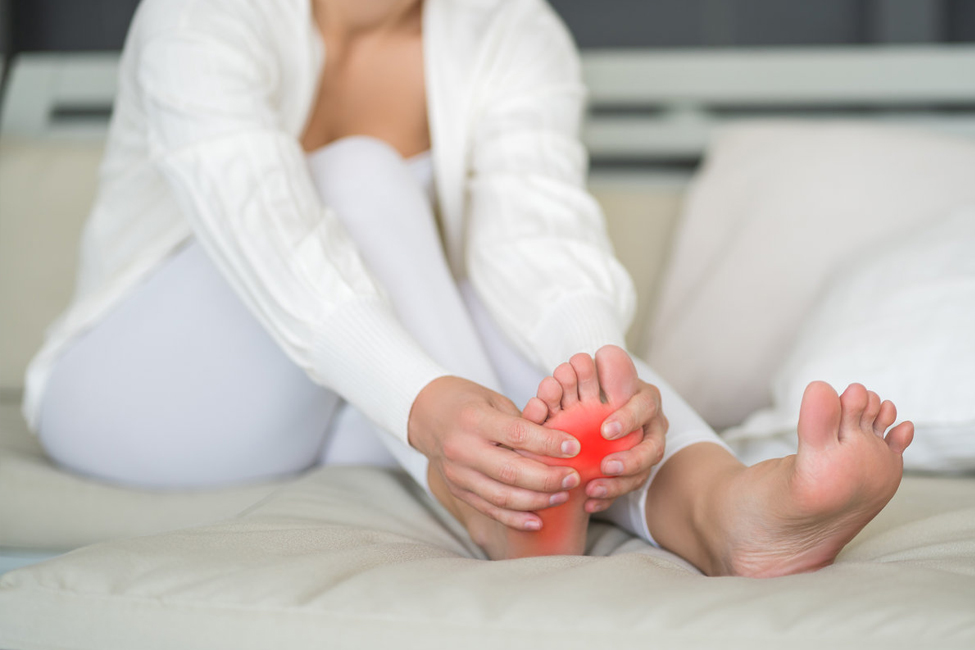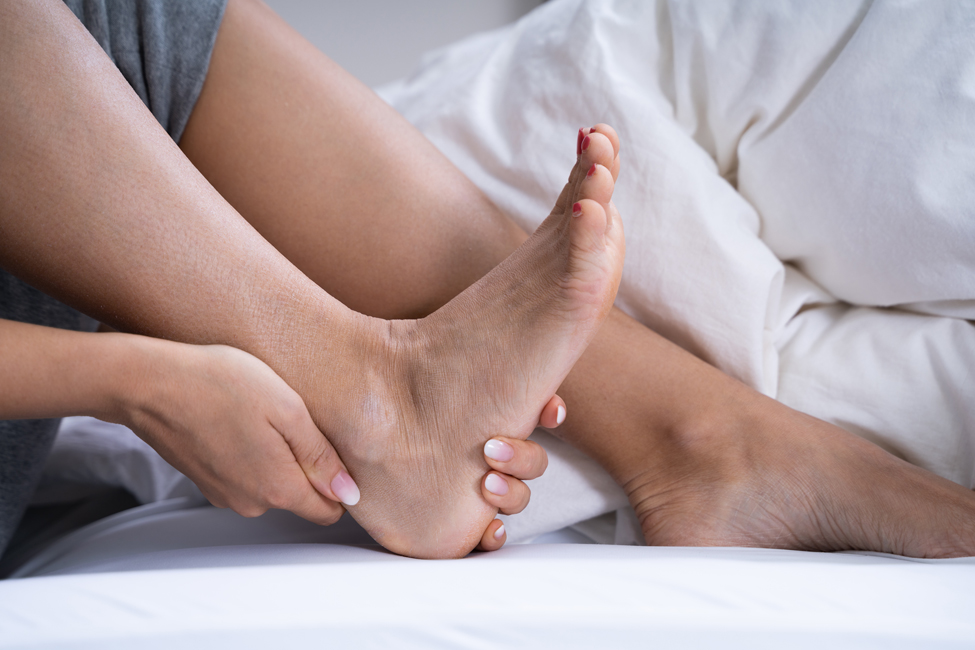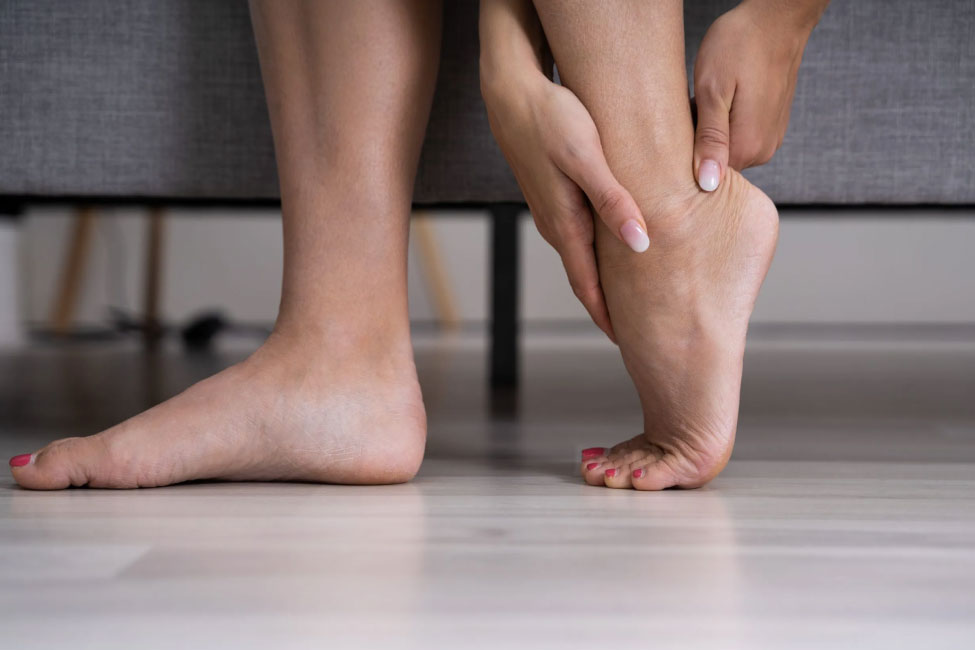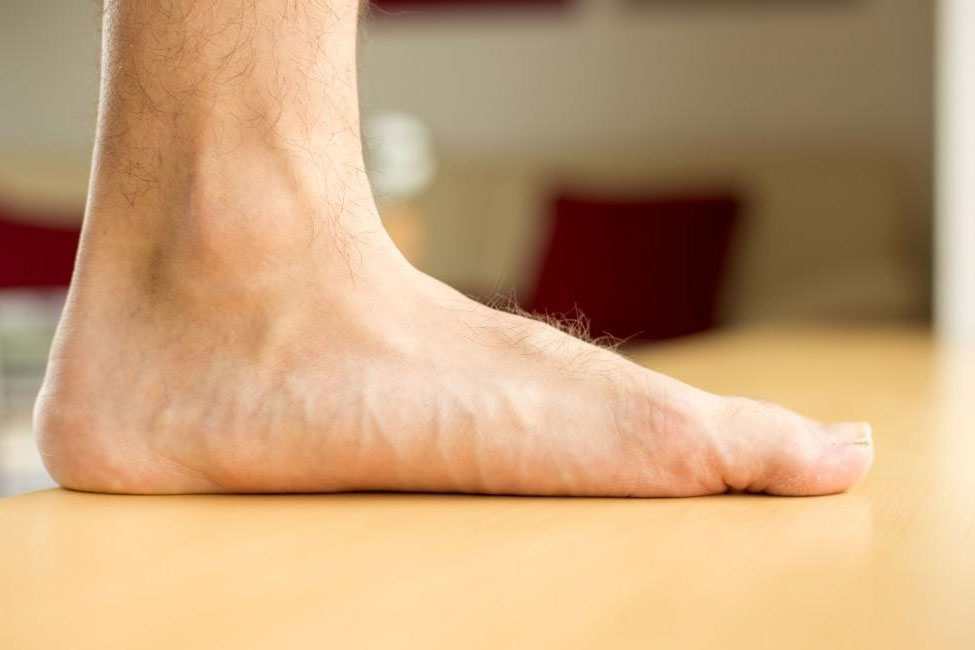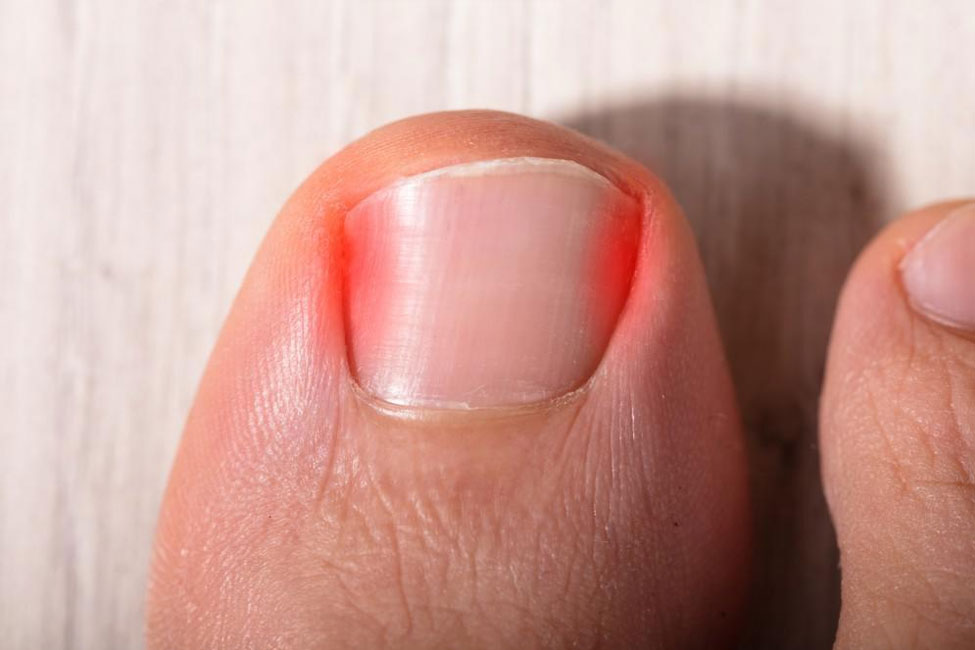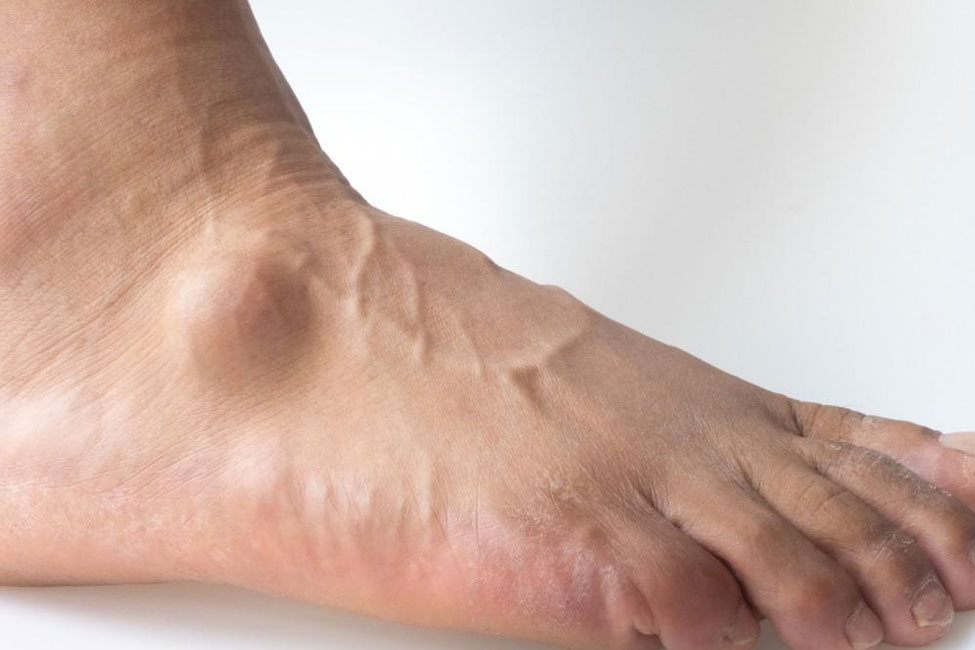Morton’s Neuroma: Causes, Symptoms, Treatment, and Prevention
What is Morton’s Neuroma?
Morton’s Neuroma is a painful condition that affects the ball of the foot, most commonly between the third and fourth toes. It involves the thickening of tissue surrounding a nerve leading to the toes. This condition can cause discomfort, tingling, numbness, or a sensation akin to standing on a pebble or having a fold in the sock.
Morton’s Neuroma generally occurs in the area between the third and fourth toes in the foot. There aren’t distinct types of Morton’s Neuroma, but it can vary in severity and presentation, often characterised by symptoms such as pain, tingling, or numbness in the ball of the foot.
How Common is Morton’s Neuroma?
Morton’s Neuroma is relatively common, with prevalence primarily in adults, particularly in women. It’s estimated to affect a significant portion of the population, causing discomfort and pain in the ball of the foot.
Causes of Morton’s Neuroma
While the exact cause of Morton’s neuroma isn’t always clear, several factors can contribute to its development:
- Foot Structure: Certain foot shapes and structures can increase the likelihood of developing Morton’s neuroma. High arches, flat feet, or other foot deformities can put more pressure on the nerves in the foot.
- Footwear: Wearing tight, narrow, or high-heeled shoes can compress the toes and the foot ball, increasing pressure on the nerves. This can irritate or inflame the nerve and contribute to the development of Morton’s neuroma.
- High-Impact Activities: Participating in high-impact sports or activities that involve repetitive stress on the feet, such as running or activities that involve tight turns or quick stops, can increase the risk of developing Morton’s neuroma.
- Injuries or Trauma: Previous injuries to the foot or repetitive stress on the affected area can lead to the development of a neuroma.
- Genetics: There might be a genetic predisposition or an inherited foot structure that can make an individual more susceptible to developing Morton’s neuroma.
- Foot Conditions: Certain foot conditions like bunions, hammertoes, or other conditions that cause instability in the foot can contribute to the development of Morton’s neuroma.
Symptoms of Morton’s Neuroma
The symptoms of Morton’s neuroma typically manifest gradually over time and often affect the ball of the foot, particularly between the third and fourth toes. These symptoms may include:
- Pain: Patients often experience sharp, stabbing, or burning pain in the ball of the foot, which may radiate to the toes. The pain can be intermittent or persistent and worsen over time.
- Numbness or Tingling: Some individuals may feel a sensation of numbness, tingling, or a feeling similar to a “pins-and-needles” effect in the toes.
- Feeling of a Foreign Object: Some describe the feeling as though there’s a lump, a fold in the sock, or a small pebble under the foot ball.
- Worsening with Pressure: Symptoms tend to worsen with pressure on the affected area, particularly when walking or wearing tight or narrow shoes. Activities that put pressure on the forefoot can exacerbate the discomfort.
- Relief with Rest: Symptoms may subside or improve when the affected foot is at rest, especially when shoes are removed or when the individual is not walking or bearing weight on the foot.
Diagnosis of Morton’s Neuroma
Diagnosing Morton’s neuroma typically involves a combination of a physical examination, discussing symptoms, and sometimes additional tests to confirm the condition. Here’s what the diagnostic process generally involves:
Medical History and Physical Examination
Your orthopaedic specialist will ask about your symptoms, duration, and any factors that worsen or alleviate the discomfort. During the physical examination, the doctor will palpate the foot to feel for any lumps, tenderness, or thickening in the affected area.
Foot Examination
The doctor might check for any physical abnormalities, such as bunions, flat feet, or high arches, that could contribute to the development of Morton’s neuroma.
Diagnostic Tests
While not always necessary, imaging studies like X-rays, ultrasound, or MRI scans might be recommended. These tests can help rule out other foot conditions and provide a clearer view of the affected area, confirming the presence of a neuroma and its size.
Nerve Tests
Nerve conduction studies or electromyography (EMG) are sometimes used to assess nerve function and rule out other nerve-related conditions.
Complications of Morton’s Neuroma
Morton’s neuroma itself is not a dangerous or life-threatening condition. However, if left untreated or unmanaged, it can lead to certain complications and impact an individual’s quality of life. Some potential complications include:
- Chronic Pain: Without proper treatment, the pain associated with Morton’s neuroma can become persistent and chronic. This can affect mobility, daily activities, and overall quality of life.
- Altered Gait: Discomfort and pain caused by Morton’s neuroma can lead to changes in how a person walks or bears weight on the affected foot. This altered gait might cause additional strain on other parts of the body, leading to problems such as hip, knee, or back pain.
- Decreased Mobility: Severe pain or discomfort can limit an individual’s ability to engage in physical activities or perform routine tasks, affecting overall mobility and daily functionality.
- Psychological Impact: Chronic pain can take a toll on mental health, leading to stress, anxiety, or depression due to the limitations it imposes on daily activities and quality of life.
- Worsening Symptoms: If left untreated, Morton’s neuroma may progress and become more severe, leading to an increase in symptoms and potentially making treatment more challenging.
Treatment Options for Morton’s Neuroma
Treatment for Morton’s neuroma aims to alleviate symptoms, reduce discomfort, and, in some cases, eliminate the condition. The choice of treatment depends on the severity of the symptoms and can include:
Footwear Modification
Wearing shoes with a wide toe box and low heels can help reduce pressure on the forefoot, providing more space for the toes.
Orthotic Devices
Custom or over-the-counter shoe inserts and orthotic devices can help redistribute pressure on the foot and provide better support, reducing irritation on the affected nerve.
Medications
Nonsteroidal anti-inflammatory drugs (NSAIDs) such as ibuprofen or naproxen can help alleviate pain and reduce inflammation associated with Morton’s neuroma.
Corticosteroid Injections
Injecting corticosteroids into the affected area can help reduce inflammation and temporarily relieve pain. However, repeated injections can have side effects and are usually limited in their use.
Physical Therapy
Stretching exercises and ultrasound therapy may be recommended to improve the range of motion, strengthen foot muscles, and reduce discomfort.
Changes in Activities
Avoiding activities exacerbating the symptoms, such as high-impact sports or prolonged standing, can help manage discomfort.
Surgical Intervention
If conservative treatments do not provide relief, surgery may be considered. The procedure involves removing the affected nerve or releasing pressure on the nerve. Surgical options can vary, and the specific approach will depend on the individual case and the severity of the neuroma.
Preventing Morton’s Neuroma
Preventing Morton’s neuroma involves minimising factors that contribute to its development. While some risk factors, like foot structure, can’t be changed, certain measures can help reduce the likelihood of developing this condition or lessen its severity:
- Wear comfortable, properly fitting shoes with enough toe space and good arch support.
- Use shoe inserts or orthotics to cushion and support the feet, distributing pressure evenly.
- Avoid high heels and tight shoes, especially for extended periods, to minimise pressure on the forefoot.
- Perform foot exercises to strengthen muscles and maintain flexibility for proper foot alignment.
- Rotate different pairs of shoes to prevent repetitive stress on the same foot areas.
- Maintain a healthy weight to reduce additional stress on the feet.
- Promptly address foot-related issues like bunions or hammertoes to prevent complications.
Living with Morton’s Neuroma
Living with Morton’s neuroma can be challenging, but there are ways to manage the condition and maintain a good quality of life:
- Choose shoes that provide ample toe space, good arch support, and cushioning to reduce pressure on the forefoot.
- Use shoe inserts or orthotics to provide additional support and redistribute pressure on the foot.
- Avoid high-impact activities or prolonged standing that exacerbate symptoms. Opt for low-impact exercises that don’t put excessive stress on the forefoot.
- Over-the-counter or prescribed pain medications can help alleviate discomfort. Corticosteroid injections might be recommended for more severe pain.
- Engage in exercises and stretching routines that strengthen foot muscles and improve flexibility to reduce discomfort.
- Maintaining a healthy weight can reduce pressure on the feet and help manage symptoms.
- In severe cases where conservative treatments fail, surgical intervention might be considered to remove the affected nerve or release pressure on it.
- Follow up with a healthcare professional regularly to monitor the condition and adjust the treatment plan as necessary.
Living with Morton’s neuroma can be challenging, but various treatment options and lifestyle adjustments can significantly alleviate discomfort and improve your quality of life. If you’re experiencing symptoms or suspect Morton’s neuroma, seeking professional help is crucial.
At The Orthopaedic Practice and Surgery Clinic, our experts specialise in diagnosing and treating conditions like Morton’s neuroma. We offer tailored treatment plans to address your needs and guide you towards relief.
Don’t let foot discomfort hinder your life. Take the first step towards managing Morton’s neuroma by requesting an appointment with our clinic today. Your journey towards comfort and improved foot health begins with a consultation. Contact us to start your path to relief and better foot health.


